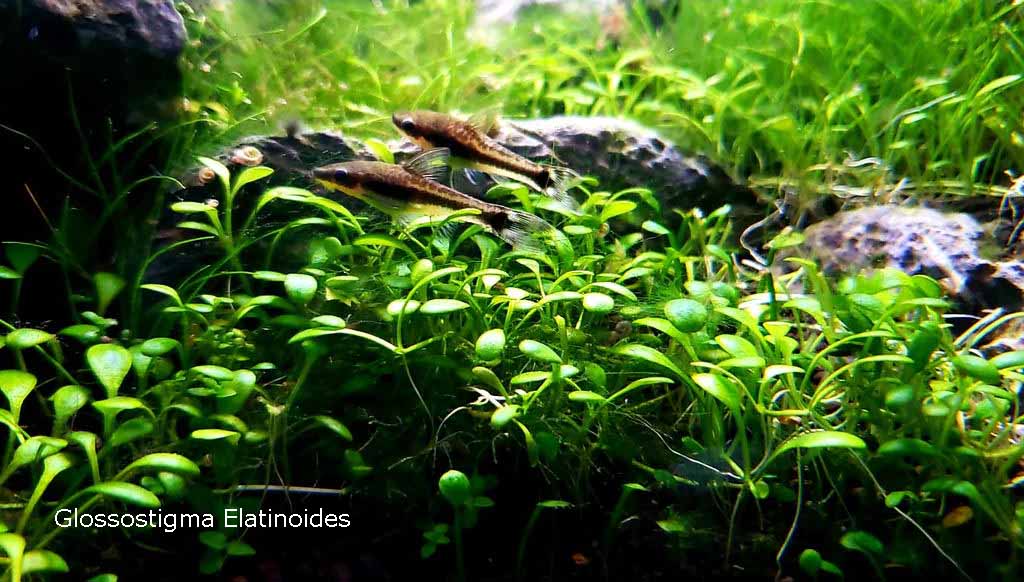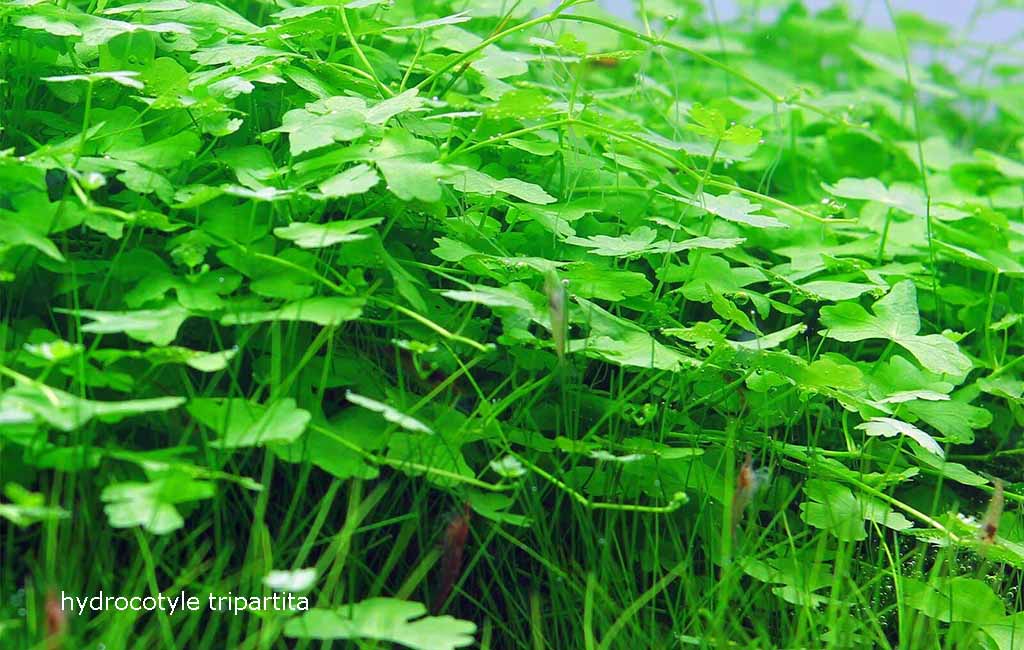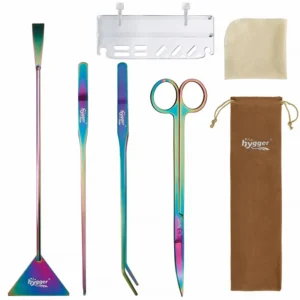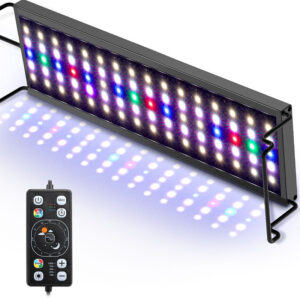Aquascaping represents an artistic combination of creative design with natural elements to develop beautiful underwater worlds. Aquascaping demands choosing the proper foreground plants as one of its most crucial components. The aquarium plants help viewers perceive depth more effectively, as they both make scenes contrasting and give an enchanting carpet appearance.
Content Table
Rare live foreground aquarium plants distinguish aquarium setups through exceptional texture and color combinations as well as their distinctive growth patterns while remaining widely used. The guidance explains how to achieve the successful growth of uncommon foreground plants while outlining their essential traits.
Aquarium Plants Foreground (What is Aquarium Plants Foreground?)
Aqua-foreground plants need to be put in front to serve as the eye-catching start layer inside aquariums. The plant varieties develop a dense, mat-like structure that deepens and textures the aquarium landscape. Regular upkeep is necessary for everyone working with foreground plants, since they need regular care to stop their growth and shape them properly. The selection of special foreground plant species confers distinctiveness and plant variety to your established aquarium.

Cryptocoryne Parva
Are Foreground Plants Shorter Than Midground Plants
The average height of foreground plants makes them shorter than what mid-ground plants attain. Their short stature creates an open view of the aquascape by keeping an unobstructed field of sight. Front-stage aquascaping plants carry these attributes according to their requirements:
- Short Growth: Short-growing plants remain compact while maintaining their position in front of other tank plants.
- Carpeting Effect: Species that carpet spread horizontally create a dense floor of plant growth similar to a green meadow across the substrate.
- High Light Demand: The majority of foreground plants require bright light amounts because it promotes their optimal growth.
- Frequent Maintenance: You need to prune them often because overcrowding can happen, which compromises their look.
- Nutrient-Rich Substrate: These plants require dense substrate nutrients because they depend on roots as part of their absorption process for growth.

Elatine Hydropiper
Top 10 Rare Foreground Plants for Your Planted Aquarium
If you’re looking to add some uniqueness to your aquarium, consider these rare foreground plants:
- Marsilea hirsuta
Marsilea Hirsuta presents itself as a tiny clover plant whose leaf structures adjust from single lobes to complete four-leaf clovers because of environmental factors. The plant flourishes under standard or bright aquarium conditions supplemented with carbon dioxide, while needing enriched substrate for development. It flourishes in submerged or emersed waters, providing a desirable option for easy-care aquascapes.
- Utricularia Graminifolia
A scarce carnivorous plant grows thick to form a luxurious dark green cover, which serves as an attention-grabbing visual display. It requires soft water sources with slight acidity, while needing additional CO₂supplementation in the water. The plant distinguishes itself from many other species by using tiny bladder traps, which trap microorganisms to draw nutrients, as a natural mechanism for fighting algae growth. The plant needs environmental stability to grow because sudden parameter shifts will cause it to decline.
- Lilaeopsis brasiliensis (Brazilian Micro Sword)
The plant makes a perfect ground cover addition because of its gradual growth speed through grass-shaped leaves that create a natural turf appearance. Intense lighting alongside CO₂ together form the ideal conditions for keeping Lilaeopsis Brasiliensis compact by minimizing vertical growth. The practice of regular trimming promotes lateral growth, which results in dense carpet formation as time progresses.
- Elatine Hydropiper
A plant with round leaves resembles HC Cuba, although it needs less effort to maintain. The plant grows into a dense and brilliant green carpet under optimum lighting, CO₂ supply, and well-fertilized soil conditions. It makes an exceptional choice for nano aquariums because it displays both a delicate appearance and fine texture.
- Glossostigma Elatinoides
As a fast-propagating plant, it develops a dense, bright green covering on the surface. This plant requires strong illumination along with CO₂ supplementation under precise pruning to prevent it from growing vertically. Aquascapers who want seamless foreground cover will benefit from the running capability of this plant, which spreads across the aquarium.

Glossostigma Elatinoides
- Pogostemon Helferi (Downoi)
The planted aquarium receives an exotic enhancement from Downoi because of its wavy, curly leaves. Pogostemon Helferi (Downoi) requires moderate to high lighting, together with soft water and nutrient-rich substrate, to survive. Planted densely, the plant forms a textured foreground that appears attractive to the viewer. Plants of this variety are suitable for both foreground and midground applications for creating depth in the aquarium.
- Micranthemum Tweediei (Monte Carlo)
Monte Carlo stands out as an uncomplicated carpeting plant that forms a dense, padded carpet pattern. This aquatic plant suits a wide spectrum of water conditions, yet it flourishes best when exposed to bright light while also having high CO₂ levels. The plant growth of Monte Carlo surpasses HC Cuba because it succeeds in various environmental levels, so it serves as a great entry-level choice for aquascaping.
- Ranunculus Inundatus
This plant stands out through its umbrella leaf structure, which establishes a distinctive but fascinating foreground appearance. Ranunculus Inundatus requires bright to intense light for optimal growth, yet makes its best growth appearance when provided with CO₂ supplementation. The leaf arrangement of this plant stands out against traditional carpeting plants by delivering multidimensional visual effects to aquascapes.
- Hydrocotyle Tripartita ‘Japan’
This fast-growing shrubby plant presents miniature clover leaves that form a bushy and moving foreground area. The plant propagates by runners, hence, it becomes dominant when pruning is performed inconsistently. It requires medium to high lighting levels with CO₂ supplemental addition to succeed. The plant serves as a good midground decorative element for plant arrangements.
- Cryptocoryne Parva
Among all Cryptocoryne plants, this species stands as the smallest while offering slow growth suited for tropical tank setups. This plant functions differently from typical foreground plants since it needs no CO₂ supplements yet favors enriched substrate along with stable water conditions. With time, this plant develops into a dense, compact grass structure that provides spectators with a distinctive, low-maintenance aquarium landscape.

hydrocotyle tripartita
Tips for Growing Aquarium Foreground Plants
Growing foreground plants successfully requires proper care and maintenance. Expert attention, along with proper maintenance practices, is necessary for achieving success in growing aquarium plants foreground. Here are some essential tips:
1. You should select substrates composed of fine-grained nutrients such as aqua soil together with specialized plant substrates to support profitable root development.
2. Foreground plants need a medium to highlight intensity because it enables them to grow compact and dense. For planted tanks, consider using LED lights that were made specifically for such applications.
3. The introduction of CO2 supplements and essential nutrients leads to better plant health together with faster growth development. Root tabs together with liquid fertilizers supply necessary nutrients to plants.
4. Organized trimming practices help plants grow horizontally instead of vertically to maintain carpet formation.
5. Stable water conditions that include suitable pH levels alongside appropriate temperatures and nutrient levels need to be maintained to stop algae overgrowth and plant decay.
Parting Thoughts
Rare aquarium plants displayed in the foreground bring exceptional visual appeal because of their distinctive shapes and bright color combinations. The special care requirements result in rewarding aquatic displays. Selecting the right plant species, together with optimal lighting conditions, proper CO2 and nutrient supply, and regular maintenance, will produce a mesmerizing underwater display. Veteran aquascapers, along with novices, can improve their aquarium’s visual attractiveness while increasing biological diversity by adding rare foreground plants.


Leave a comment